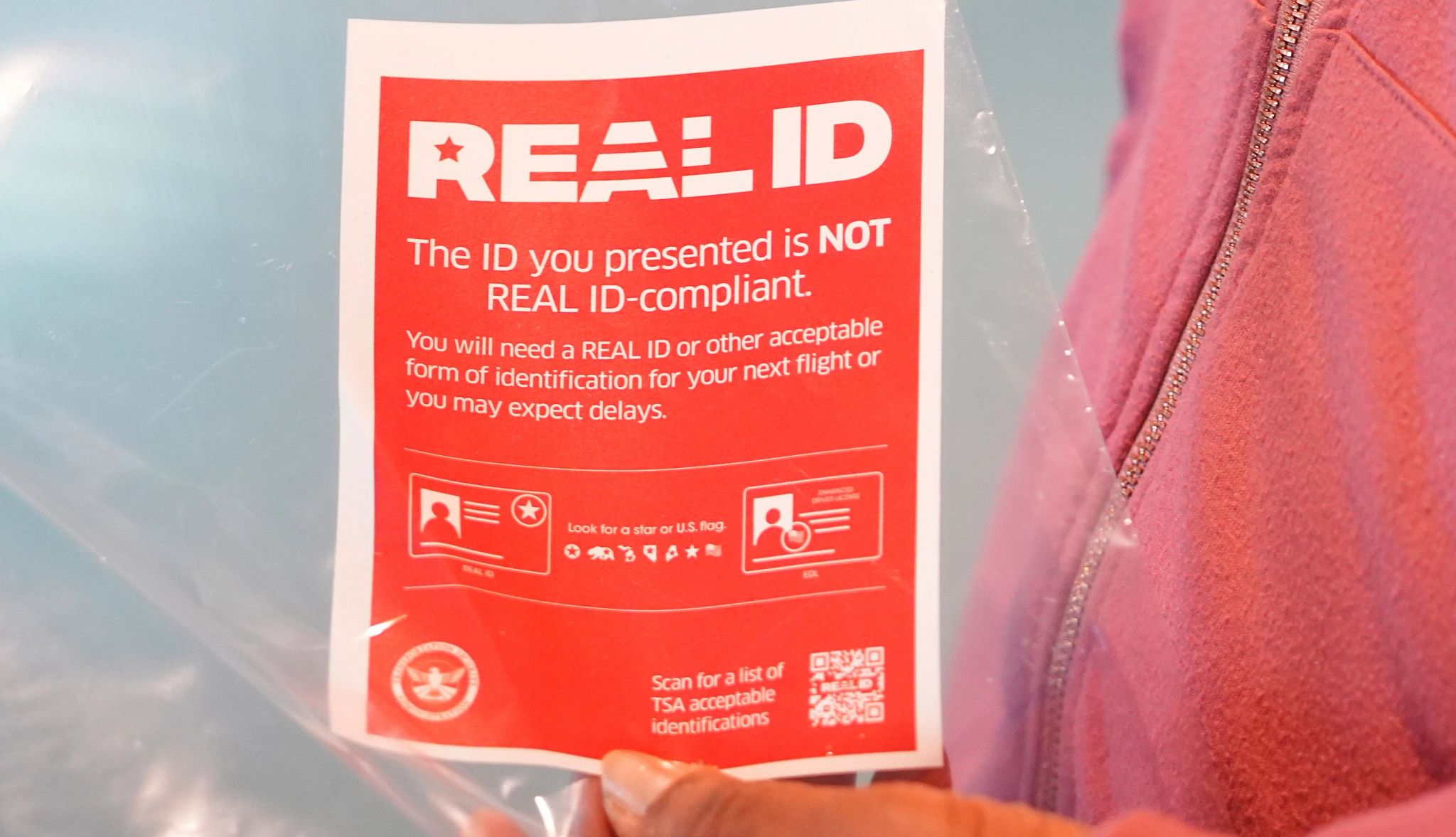AARP Hearing Center
Only slightly more than a third of nursing home workers who have been offered a first round of COVID-19 vaccine have chosen to get it, according to a new Centers for Disease Control and Prevention (CDC) report. The findings come just after the federal partnership with CVS and Walgreens to prioritize nursing home residents and staff for vaccinations wrapped up its first round of on-site vaccinations.
Participation among nursing home residents — who have accounted for roughly a quarter of COVID deaths since the pandemic began — was much higher, with a median of 78 percent getting the first of two required jabs. But surveying roughly 90 percent of facilities participating in the federal program that had at least one on-site vaccination clinic between Dec. 18 and Jan. 17, the CDC found that only a median of 37.5 percent of nursing home workers received a first dose of a COVID-19 vaccine.
The numbers are worrying because about 70 to 85 percent of a community needs to get vaccinated to achieve herd immunity, according to some medical experts. The CDC report said the low percentage of staff members vaccinated “raises concern about low coverage among a population at high risk for occupation exposure to SARS-CoV-2.”
"Barriers to [skilled nursing facility] staff member vaccination need to be overcome with continued development and implementation of focused communication and outreach strategies,” said the report, released Monday.
Last week, CVS and Walgreens announced the completion of their first round of on-site COVID-19 vaccination clinics in U.S. nursing homes through the federal government's Pharmacy Partnership for Long-Term Care Program. CVS reported visiting all of the almost 8,000 facilities that chose the pharmacy to administer its vaccines, while Walgreens said it visited more than 5,500 facilities.
COVID-19 infections in nursing homes have been spiraling upward in recent months, according to monthly analyses of federal nursing home data by AARP. Staff cases more than tripled between mid-October and mid-December, as resident cases skyrocketed almost fourfold over the same period. Studies show that infected staff members are one of the greatest drivers of COVID-19 outbreaks in nursing homes.
Because the federal government has contracted with CVS, Walgreens and a few state-level pharmacy chains to perform just three on-site vaccination clinics at each of its partnering facilities, pressure is mounting for the second round of clinics, which have already begun, to produce higher uptake rates.





































































